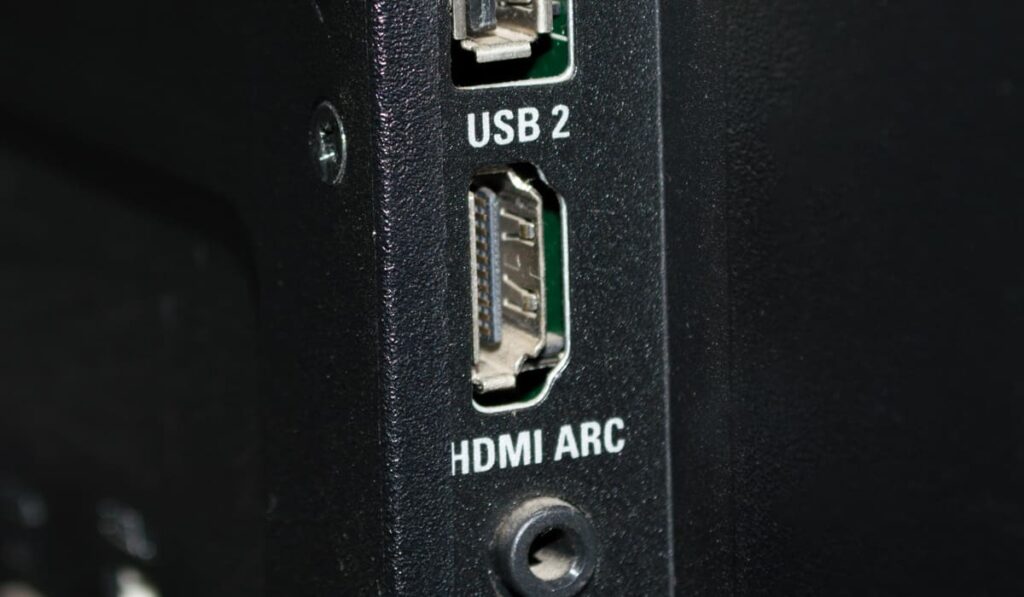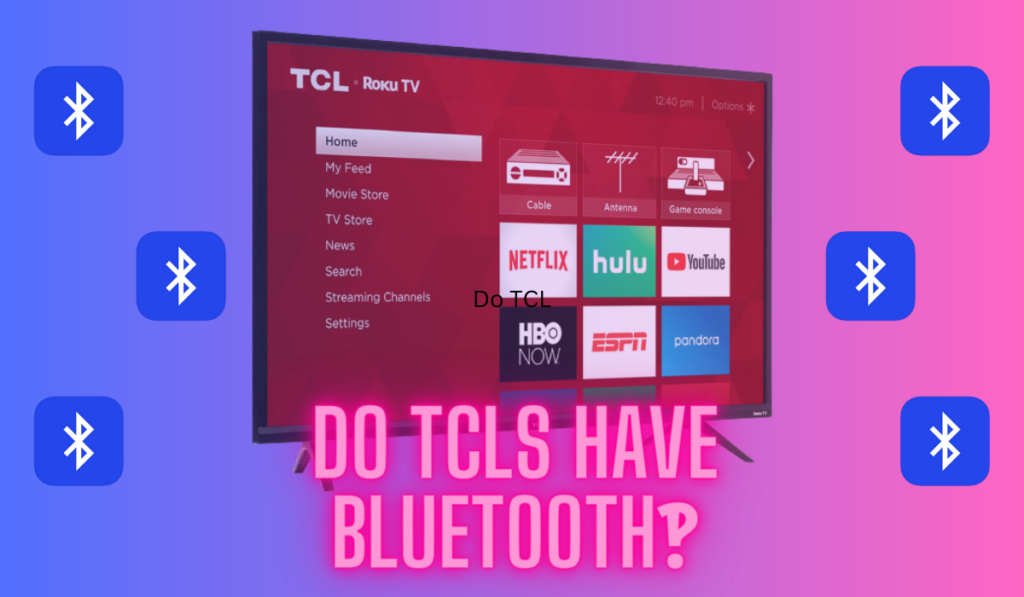If you're wondering if your equipment is correctly installed and adjusted, or curious if you should invest in a new, more versatile mount, there are a few major factors when determining whether or not to tilt a TV. Mounts with at least some versatility and adjustment are becoming a standard product on the market, but is it a requirement?
Should a wall-mounted TV be tilted? If the TV is above the viewer's eye line, a downward tilt can prevent neck and eye strain. Tilting a screen can also prevent glare from inconveniently placed lights. Based on the aesthetic design of the space, a tilted screen may also fit in better.
Maybe one of these situations applies to you, but you're uncertain about which mount is going to fit your home theater setup. Below, we'll discuss the types of mounts and their benefits, focusing on tilted wall mounts.
What is a Tilted TV Wall Mount?

A tilted TV wall mount is any mount that is bolted directly into the wall and has a mechanism to adjust and face your TV downward. Units like the Mounting Dream Tilt TV Wall Mount (on Amazon) are reasonably priced and relatively simple to install. These mounts come in handy for TVs that have to be mounted higher up, or when other features of the room call for an angled screen.
While often confused or equated to the full-motion mounts, tilt mounts do not offer any left to right movement or move out (away) from the wall. They're typically suggested when mounting in a corner, flex space, or any other scenario where the TV may not be the main focus, or if it needs to be minimized quickly.
Tilted vs Flat TV Wall Mounts
If you have your TV mounted on your wall at eye level, across from your couch or another favorite seat for viewing, chances are you are going to be perfectly content with a flat wall mount. Flat TV wall mounts like the SAMSUNG No Gap Wall Mount (on Amazon) can’t move, but they can be mounted flush with the wall which can be an aesthetic advantage.
However, if you're unable to rewire or relocate your outlets, you may find the extra cord from your wire run may be harder to hide behind the TV when it's flush. Also, flat TV mounts do not allow for any adjustment after installation.
With a tilted mount, there's room for the TV to be adjusted downward, but that means it is mounted a few inches off the wall (at least), leaving a gap behind the TV. While this can quickly kill the “picture-frame” type illusion some find preferable, some enjoy the space to hide cabling and sometimes even some smaller cable boxes or other streaming equipment.
While there are benefits to each mount aesthetically, the option of the tilt can come in handy for a lot of viewers. Sometimes people do not have any good spot for watching TV because of the room's features, and a tilted mount can work around limitations of a space.
Pros and Cons of Tilted TV Wall Mounts
Now that you understand how the two types of mounts compare, let's focus in on some of the unique features of tilted wall mounts.
Pros
Reduced Neck and Eye Strain
If you're getting stiff or feeling fatigued after only a short time of watching, it could be that your TV is mounted too high. Try adjusting to a downward tilt, if the option is available, to see if some discomfort is eased. If you have a flat wall mount, you may consider adjusting its height, but a tilted mount makes this adjustment much easier. You should also review our article on how far away from your screen you should be, based on its size.
Glare Resistance/Reduction
A tilted TV mount allows you to angle the screen not just once, but as necessary, which means if you have issues with sun glare to lights in your house, you can tilt the TV as these lights shift throughout the day quickly and easily.
Flexibility of TV Mounting Location
If you have a high fireplace that pushes the TV up, or if the shape of your room forces you to mount the TV in a corner or other awkwerd wall, a tilted mount can help make the situation work, offering you at least a little more flexibility.
Space to Hide Cables & Devices
With plenty of space for cables and to hide wall plates, you can manage and camouflage your cable runs with ease behind these mounts. As the size and weight of cable boxes, Apple TV’s, Rokus, Firesticks, and the like continue to decrease you can bet more straight to TV mounts will be coming as well, perfect for the space between your TV and the wall.
Cons
Not Flush with the Wall
Some prefer the “picture frame” look of a flush-mounted Television, which allows it to blend into the space better. You lose some of this magic with a tilted mount, because of the gap with the wall.
Not as Dynamic as Full Motion Mounts
While more versatile than the flat wall mount, the range of the full-motion mounts can't be beat. You may not need this full range of motion, though, which is usually reserved for when you need to mount a TV in a corner. As with any home theater hardware option, the tilted mount is a specific tool that solves specific problems. It won't be as dynamic as a full-motion mount, but you also may not need that.
More Complicated Install
There's no question that a tilted mount will be harder to install than a flush-mount, but just remember that hardware manufacturers are designing these systems so that they can be installed by homeowners for the most part. It can be a little intimidating, but just follow the instructions and you'll be fine.
A Word to the Wise
If you are hiring an installer to perform the work for you and they bring up the various mounts, they are not attempting to upsell you on an unnecessary product, they simply want to ensure they do the best job for the space and you get maximum enjoyment from your new equipment. Remember to consider the options against your needs, and make sure you pick solutions that will solve your unique problems.
Continue reading:





